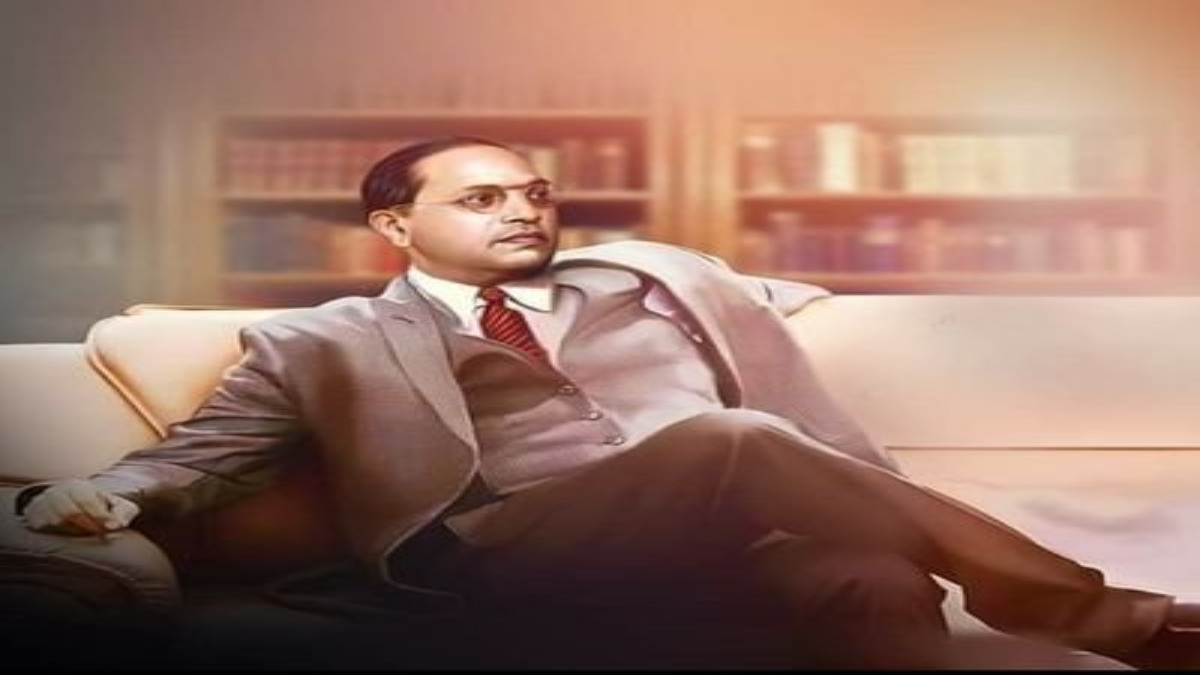On 26 January 1950, the Constitution of India came into effect and India changed its status and transformation from a British dominion to an independent constitutional republic taking its full-fledged form.
Let us have a bird's eye view of our Constitution. Dr. B.R. Ambedkar - the architect of our Constitution once said,
"In the first place, the Constitution is merely a mechanism for the purpose of regulating the work of the various organs of the state.

The idea of framing a Constitution for our nation was seeded in 1928 when all parties convened a committee in Lucknow to prepare the Constitution of India which was known as the Nehru Report.
Most of Colonial India was under British rule from 1857 to 1947. After independence from 15th August 1947 to 26th January 1950, the same legislation continued to be implemented as India was a dominion of Britain for these three years, and each princely state was convinced by Sardar Vallabhbhai Patel to sign the Articles of Integration with India thus, Constitution of India replaced the Indian-Independence Act 1947 and Government of India Act 1935 when it became effective on 26 January 1950.
Constituent Assembly was founded on 9th December 1946 under the leadership of:
(a) Temporary Chairman- Sachchidanand Sinha
(b) President- Dr. Rajendra Prasad
(c) Vice President- H.C.Mookerjee and V.T. Krishnamachari
(d) Chairman of the Drafting Committee- Dr. B.R. Ambedkar
(e) Constitutional Advisor- B.N. Rau
Time took: It took precisely 2 Years, 11 Months, and 17 Days to create the Constitution of India. As it was completed on 26 November 1949, this day is celebrated as the "Day of Constitution."
The original Constitution is handwritten, with each page decorated by artists from Shantiniketan-Beohar Rammanohar Sinha and Nandlal Bose. Prem Behari Narain Raizada was the Calligrapher.
In framing the Constitution, a complete study was also done of some other countries' Constitutions that have also influenced our Constitution. The countries were - the U.K., U.S.A., Ireland, Australia, France, Canada, Soviet Union, Weimar Republic, South Africa, and Japan.
Constitution was drawn from a number of sources. Considering the needs and our conditions, its features were borrowed from previous legislations such as the Government of India Act of 1858, the Indian Councils Acts of 1935, and the Indian Independence Act of 1947.
During the inception of our Constitution, it had 395 Articles, 22 Parts, and 8 Schedules which at present is: 448 Articles, 25 Parts, and 12 Schedules after a total of 105 Amendments to date. The last Amendment was done on 10 August 2021.
The preamble is the preface of the Indian Constitution because the Preamble of the Constitution contains the philosophy on which the entire Constitution is built. It signifies the dreams and vision of the people of India.
The Preamble reads as:
" WE, THE PEOPLE OF INDIA, having solemnly resolved to constitute India into a SOVEREIGN SOCIALIST SECULAR DEMOCRATIC REPUBLIC and to secure to all its citizens:
JUSTICE, social, economic, and political; LIBERTY of thought, expression, belief, faith, and worship;
EQUALITY of status and of opportunity;
and to promote among them all FRATERNITY assuring the dignity of the individual and the unity and integrity of the Nation;
IN OUR CONSTITUENT ASSEMBLY this twenty-sixth day of November 1949, do HEREBY ADOPT, ENACT AND GIVE TO OURSELVES THIS CONSTITUTION."
But during Emergency Days in 1976, an Amendment was done to this Preamble; known as the 42nd Amendment. The changes were done as " Sovereign Democratic Republic" changed to "Sovereign, Socialist Secular Democratic Republic" and " Unity of the Nation" changed to " Unity and Integrity of the Nation."

Today, India is a major global economic and political power with a burgeoning middle class and a large number of well-educated, young professionals from varied walks of life. We celebrate our Independence Day and Republic Day with great pomp and show.



 Click it and Unblock the Notifications
Click it and Unblock the Notifications



























